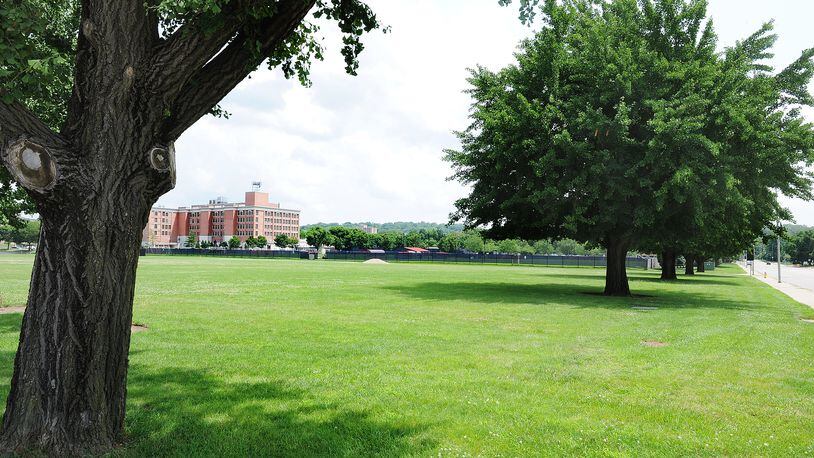As far back as 1890, five oak trees determined the name of an entire neighborhood here in Dayton. The Pierce Homestead had five stately oak trees on the property that made such an impact that the neighborhood is named after them today.
A single maple tree inspired the following excerpt from Mrs. Charlotte Reeve Conover’s weekly column in the Dayton Daily News on March 14, 1937:
“One would think that, considering the generations it takes to make a shade tree,... and Dayton getting tree-poorer every year, a citizen who owns such a glorious object would take care to preserve it.
...Standing in front...is a simple maple tree that is like a prayer to a tree lover...In the summer it comes out with a glorious growth of green leaves that cast a shade over the surrounding region. In the fall its leaves turn a brilliant scarlet, and it lifts itself like a flaming torch toward the sky.
If it were to be blown down, no money could replace it. Not the account of a Mellon or a Rockefeller could get another tree like that one.”
Surely Mrs. Conover would have marveled, as I do, when the city’s ginkgo trees drop their golden robes in the fall exposing their bare trunks. My guess is that she would have been disappointed in the decline of Dayton’s tree coverage from 37% in 1980 compared to the 22% canopy coverage estimated by the city today. She would scoff at the zero trees the city planted in 2013 and 2015, which is part of the reason the city changed their private development laws.
The city recognized they couldn’t maintain the tree canopy alone, and implemented new development laws requiring developments to retain and plant street trees, all in order to reach the city’s 50% tree canopy goal.
However, the city and its developers aren’t doing enough to make good on their promises. These rules and regulations are in place to ensure that our built environment compliments the natural environment. They ensure that we are stewards to the environment and move towards a greener future.
UD already has nearly seven acres of parking lots in the immediate vicinity without a single tree in them, contributing to the urban heat island effect and making our downtown warmer than the surrounding neighborhoods. Our city and our neighborhoods deserve the benefits of decreased storm runoff, 20°F cooler sidewalks, reduced noise levels, improved walkability, improved mental health, and less CO2 and pollution in our air. Shade trees take decades to grow to sufficient size for some of those benefits, so why remove these mature trees?
Academic studies have shown that street trees have around a 5% annual mortality rate, meaning if you planted 20 trees today, maybe only 12 of them would see their 10 plant-iversary, and maybe seven would make it to their 20th. Dayton does not have a comprehensive tree maintenance or planting program, and that’s leaving many of the city’s trees and neighborhoods in declining health.
I am proud of the plan board’s denial of the UD’s request to remove these gingko trees. Dayton’s municipal government has not pushed for enough protection of its greenest resource, and only piece of infrastructure that appreciates over time. I fear that our volunteer citizen plan board won’t be heard as representatives of the people, and that their decision will be overridden by the city commission. I urge the commissioners to deny UD’s request to remove these trees.
Kegan Sickels is president of the Dayton View Triangle Federation and a board member of Preservation Dayton Inc.
About the Author
